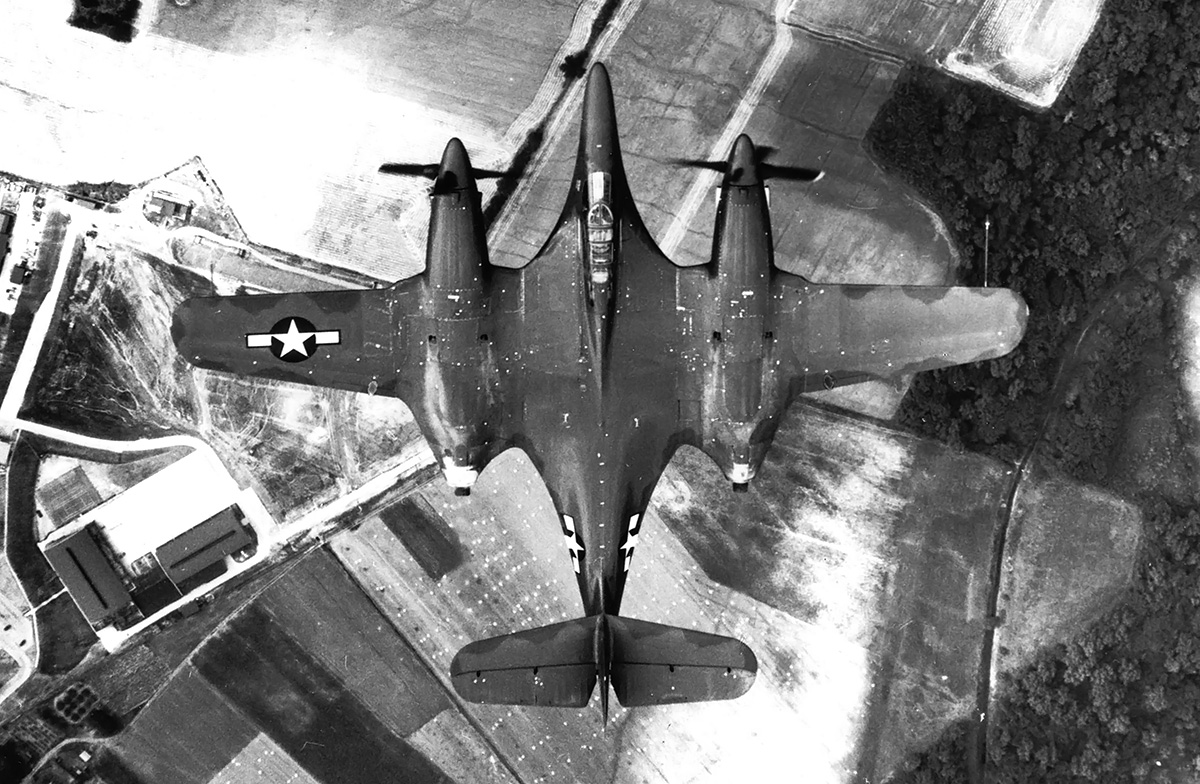- Joined
- 25 June 2009
- Messages
- 14,767
- Reaction score
- 6,214
Steve Pace said:Does anyone have a high res image of this XP-67 planform view? -SP
Steve Pace said:Check this out... -SP
Steve Pace said:Early XP-67... -SP

TsurugiJiri
548 subscribers
SUBSCRIBE
The sole completed sleek, sexy and unfortuitously flammable McDonnell XP-67 "Bat" in an original USAAF newsreel. This graceful-appearing aircraft suffered from several issues, including lack of performance, questionable handling and above all severe engine problems. The single completed prototype was written off after an in-flight engine fire in September 1944, with the project being terminated shortly thereafter.

Tech Admin2 years ago
I met James McDonnell who designed this plane. He was a brilliant man. He was retired at the time I met him, but he still knew his stuff.
51
REPLY
Hide 5 replies

Tech Admin2 years ago
I might add that this plane was undone by the crappy engines the War Department foisted on it. McDonnell was forced use modified Continentals, which was a very old design from WW1 and had very little room for upgrades. To get more power, they installed superchargers. Because the Continentals had poorly designed oil sump system, they were prone to fires when pushed hard and this was no exception for the XP-67 here. In fact this prototype seen had an engine fire on its last test run. The pilot got it as close as he could to the fire trucks and turned the plane at the last second so the wind would not blow the flames back on the plane. But it was severely damaged. The Army Air Forces began to lose interest but McDonnell crews repaired the prototype back to running condition, but by the time it flew again, the contract was cancelled. McDonnell wanted Merlin's but the AAF said they were all tied up in going to the war effort and none could be spared for testing. This did not make "Mac" happy, and McDonnell Aircraft had a running history of not getting the right engines to meet their contracts. Turns out the AAF just wanted to see what laminar air flow was capable of and wasn't really serious in pursuing it. They thought laminar would make super planes outta nothing, hence the lousy engines but the design was way ahead of its time. Lockheed always got their engines in 1943, McDonnell always had to fight for them and usually got screwed. When doing the first Navy jet, same thing happened. Westinghouse sent just 1!.
Show less

The Army was well aware that the I-1430 wasn't going to be continuing. That program had been cancelled while the XP-67 prototype was still being built. Mr Mac had gone around the various offices with concepts for production engines, and a contemporary memo by the Army's XP-67 project officer, John Aldridge, talks about them: "...in view of the feeling that come what may, there is no chance of further engines of this [I-1430] type being built, an engine change in the second [XP-67 prototype] airplane is the most advisable move to make. McDonnell proposes to make this change to either an Allison two-stage engine or the Rolls-Royce 14SM engine. Along with installation of one of those alternate types of engines, McDonnell proposes to install J-32 Westernhouse (sic) Jet Unit in the space now occupied by the turbo in each engine nacelle... This proposal was presented to General Carroll who directed that the matter be held in abeyance pending clarification of the engine allocation picture. Mr. McDonnell wanted to have the program approved at once as he feels that he has man-power available to start work immediately, and should it be decided to put the airplane in production, large savings in time would be accomplished by taking action now..." There's a handwritten note at the bottom of the preserved copy of this memo: "Carroll proposes - (1) select best available engine for No. 2 airplane; (2) if the second a/c is a success, go into production."The XP-67 was doomed by that bad engine assignment. The Army was not willing to give even two Merlins to McD for testing!
